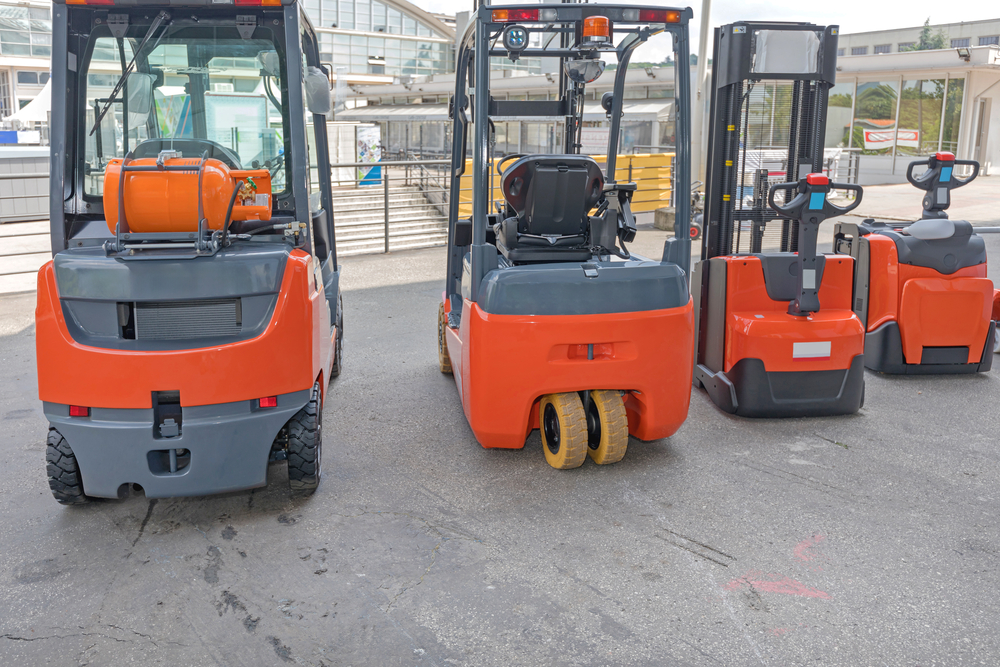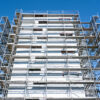Equipment Inspection & Safety: Forklifts, Skid Steers, and Aerial Lifts.
Construction, manufacturing, and warehousing are cornerstones of Canada’s economy, relying on heavy machinery like forklifts, skid steers, and aerial lifts. However, their safe operation hinges on diligent maintenance and proper use. Neglecting safety protocols can lead to accidents, resulting in injuries or fatalities. Regular equipment inspection, maintenance, and operator training are paramount to cultivating a secure work environment. This blog delves into the importance of equipment inspection and safety in Canada, focusing on forklifts, skid steers, and aerial lifts.
Ensuring Forklifts Safety: Inspect, Maintain, and Train
Forklifts play a pivotal role in Canadian warehouses, construction sites, and manufacturing facilities, but they are also associated with accidents causing severe harm. A Canadian Centre for Occupational Health and Safety (CCOHS) study revealed that forklifts accounted for 20% of workplace-related deaths in Canada between 2003 and 2012. Regular inspections and maintenance are essential to foster workplace safety.
A Closer Look at Forklift Inspection
Forklift Inspection is A Daily Necessity. Forklifts require daily inspections before use. Operators should vigilantly check for signs of damage, wear, and tear, including loose parts, damaged tires, and fluid leaks. Crucial components like brakes, steering, and hydraulics must be in optimal condition. Adherence to load capacity limits is imperative, and overloading should be avoided at all costs.
Maintaining Forklifts for Safety
Maintaining Forklifts is a lifesaver. Regular maintenance is indispensable for ensuring the safe operation of forklifts. Following the manufacturer’s maintenance instructions and promptly addressing repairs with qualified technicians is critical. Consistent servicing and maintenance enhance forklift performance and minimize accidents from malfunctioning parts.
Forklift Operator Training
Forklift Operator Training is A Legal Requirement. In Canada, forklift operators must undergo training and certification by qualified instructors. Comprehensive training programs cover safe forklift usage, load capacity understanding, and proper operation. Operators also receive education on inspection, maintenance, and emergency response. Regular refresher training keeps operators up-to-date with safety regulations and protocols.
Safeguarding Skid Steer Operations
Skid steers are versatile machines with construction, landscaping, warehousing, and agriculture applications. However, improper maintenance and operation can pose dangers.
Skid Steer Inspection Essentials
Operators must meticulously inspect skid steers before use, looking for signs of damage, wear, and fluid leaks. Tires, hydraulic systems, and attachments must function correctly. Address damaged parts and fluid leaks immediately.
Prioritizing Skid Steer Maintenance
Adhering to the manufacturer’s maintenance guidelines and prompt repairs by qualified technicians are essential. Regular servicing and maintenance optimize skid steer performance and mitigate accidents linked to faulty components.
Skidsteer Operator Training
Skid steer operators must undergo training by qualified instructors. This encompasses safe operation, load capacity awareness, inspection, maintenance, and emergency response. Employers must provide regular refresher training to maintain current safety knowledge.
Aerial Lifts: Safety at Heights
Aerial lifts, including boom and cherry pickers, offer a safe way to work at heights. However, they must be meticulously inspected, maintained, and operated to ensure safety.
Prioritizing Aerial Lift Inspection
Aerial Lift Inspection is A Vertigo-Free Start. Before using aerial lifts, thorough inspections are vital. Operators must check for damage, wear, and fluid leaks, ensuring all safety features are functional. Tires, brakes, hydraulic systems, and electrical components must be inspected, with immediate resolution of any issues.
Aerial Lift Maintenance
Adhering to the manufacturer’s maintenance instructions and timely repairs by qualified technicians are non-negotiable. Regular servicing and maintenance bolster aerial lift performance, reducing accidents caused by malfunctioning parts.
Aerial Lift Operator Training
Aerial Lift Operator Training will elevate safety standards at the site. Aerial lift operators in Canada must complete training and certification with qualified instructors. Training includes safe operation, load capacity awareness, inspection, maintenance, emergency response, and proper use of personal protective equipment (PPE). Employers must provide regular refresher training to ensure operators stay current with safety protocols.
Prioritizing Safety in Equipment Handling
Regular inspection, maintenance, and training are the cornerstones of safe heavy equipment operation, encompassing forklifts, skid steers, and aerial lifts. Vigilant inspection and maintenance detect potential issues before they escalate, reducing accidents stemming from malfunctioning components. Comprehensive training ensures operators know the risks of heavy machinery operation and are equipped to handle emergencies. Employers must uphold safety by providing consistent training, inspection, and maintenance for all heavy equipment, including forklifts, skid steers, and aerial lifts.
Credence is A Trusted Partner in Construction and Heavy Equipment. When seeking construction or heavy equipment services, collaborating with a company that prioritizes safety and adheres to rigorous inspection, maintenance, and training protocols is paramount.
At Credence Construction Ltd., we hold safety in high regard and are dedicated to delivering reliable, proficient, and secure services to our clients.
Get in touch with us today to obtain additional information about our heavy equipment and
construction services.



